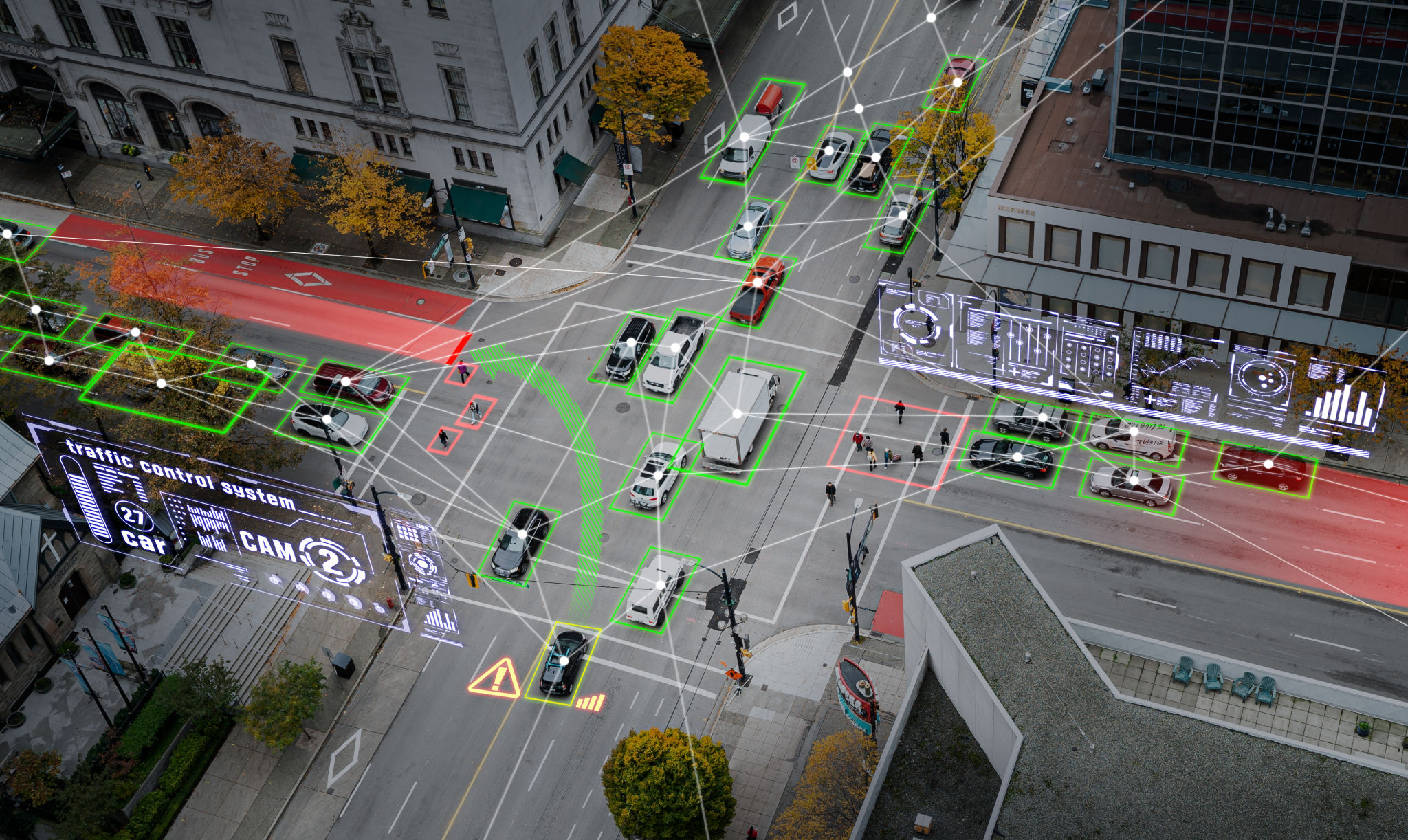Expert Insights: The Future of PD Detection Technology in Industrial Applications
The Evolution of Partial Discharge Detection
Partial discharge (PD) detection technology has become a cornerstone of modern industrial maintenance practices. As industries strive for increased reliability and efficiency, advancements in PD detection are crucial. Understanding the evolution of this technology provides insights into its future trajectory and potential applications.
PD detection originated as a simple method to identify insulation defects in electrical systems. Over the years, it has evolved into a sophisticated diagnostic tool that can prevent catastrophic failures. This evolution has been driven by technological advancements and the ever-growing need for efficient industrial operations.

Current Trends in PD Detection Technology
Today, PD detection technology is becoming more integrated and automated. The incorporation of IoT and AI has allowed for the development of smart sensors that provide real-time monitoring and predictive analytics. These innovations are transforming how industries approach maintenance, shifting from reactive to proactive strategies.
Another trend is the miniaturization of PD detection devices. Smaller, portable devices are now available, making it easier to conduct on-site inspections without disrupting operations. This accessibility is crucial for industries looking to maintain uptime and reduce maintenance costs.

Challenges and Opportunities
Despite the advancements, there are challenges in the widespread adoption of PD detection technology. One major hurdle is the cost of implementation. However, industries are beginning to recognize the long-term savings associated with preventing equipment failures.
Moreover, there is a growing demand for skilled personnel who can interpret PD data accurately. Training programs and workshops are essential to equip professionals with the necessary skills. This presents an opportunity for educational institutions and industry leaders to collaborate on developing comprehensive training modules.
The Future Outlook
The future of PD detection technology in industrial applications looks promising. As technology continues to advance, we can expect more sophisticated systems that offer enhanced precision and reliability. The use of machine learning algorithms will likely play a significant role in improving data accuracy and prediction capabilities.

Furthermore, as industries continue to prioritize sustainability, PD detection technology can contribute by reducing energy waste and prolonging equipment lifespan. This aligns with global efforts to minimize environmental impact while maintaining industrial growth.
Conclusion
In conclusion, the future of PD detection technology holds immense potential for industrial applications. With ongoing research and development, this technology will continue to evolve, offering improved safety, efficiency, and sustainability. Industries that embrace these advancements are poised to lead in innovation and operational excellence.
As we look forward, the collaboration between technologists, industrial leaders, and educational institutions will be crucial in driving these advancements, ensuring that PD detection technology remains at the forefront of industrial maintenance practices.